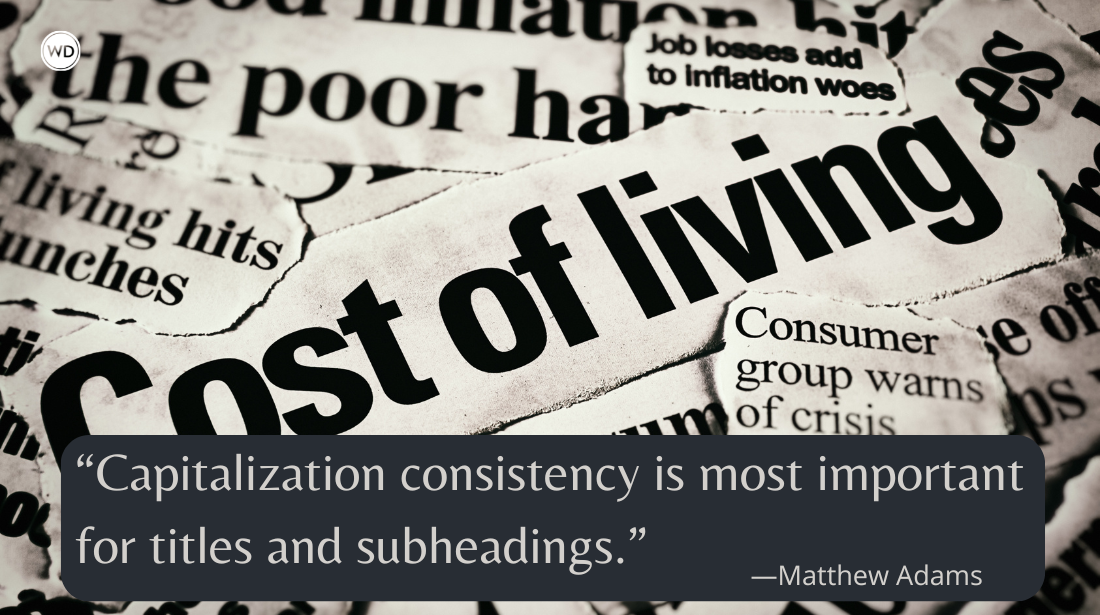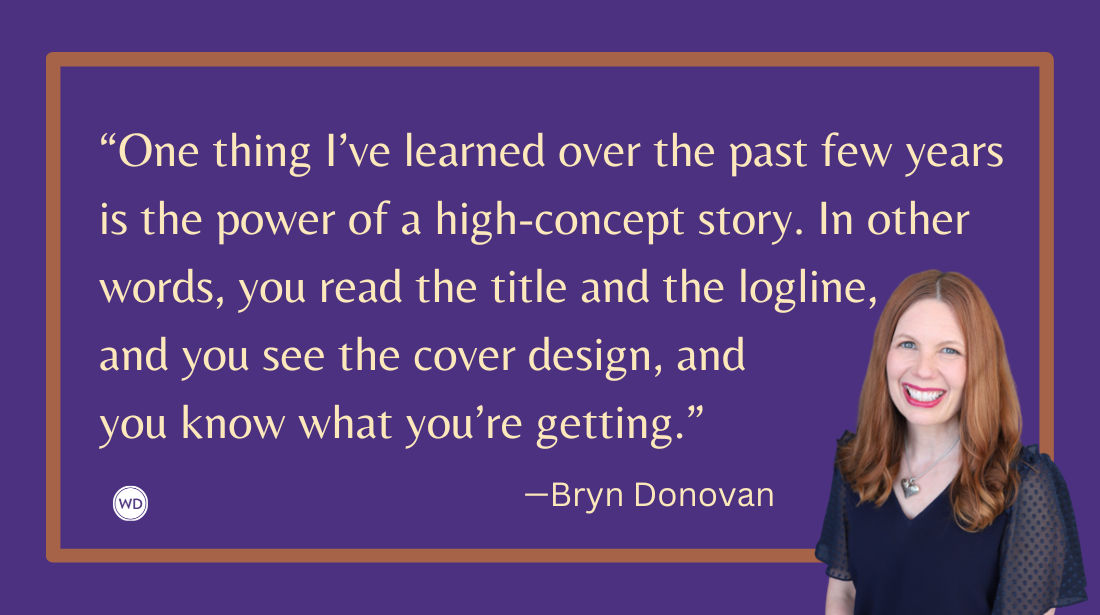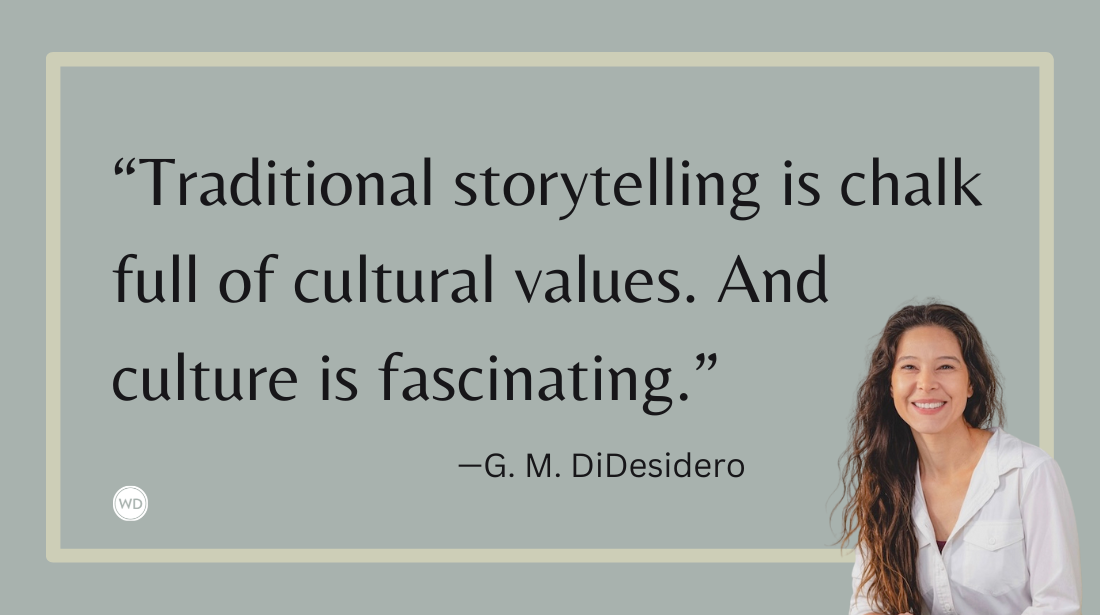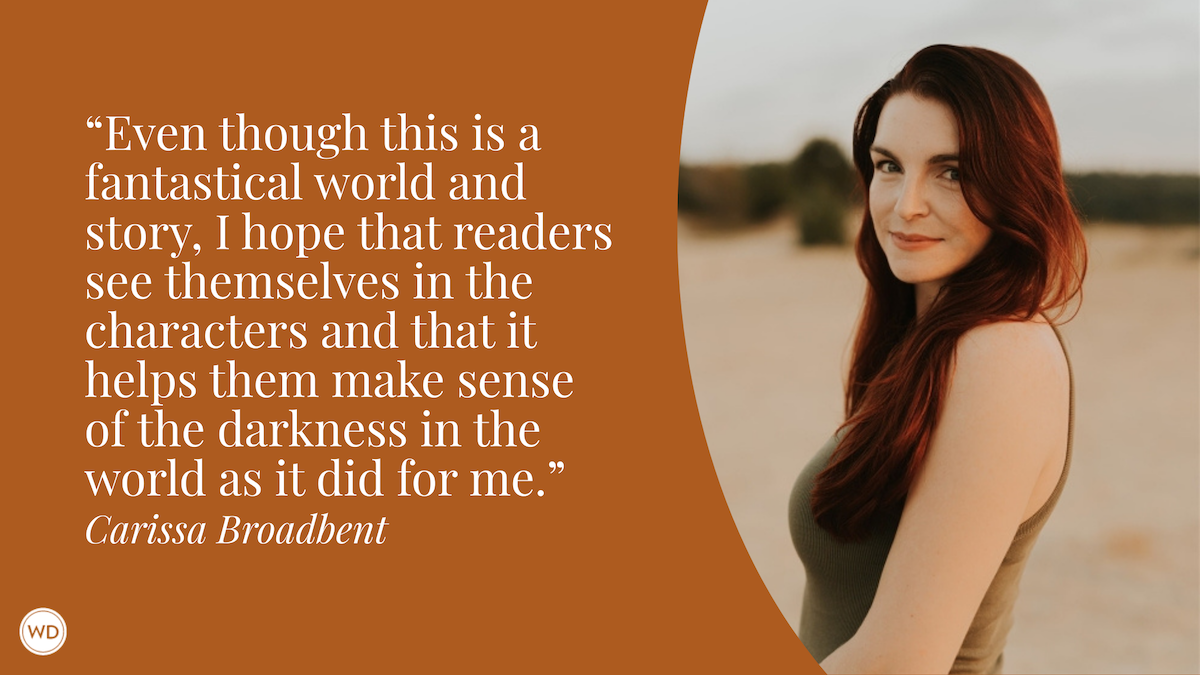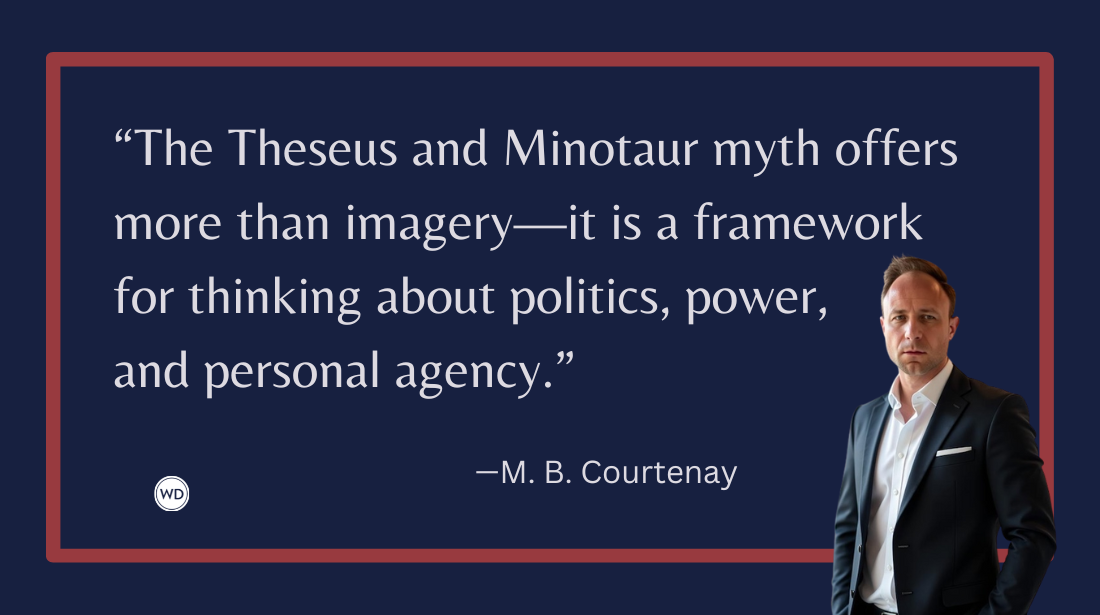What Forensic Science’s Godmother Taught Me About Writing Mysteries
Stephanie Kane discusses the impact of Frances Glessner Lee, the godmother of forensic science, and her crime scene dioramas on writing mysteries.
In the 1940s, Chicago heiress Frances Glessner Lee channeled her fierce intelligence and thwarted ambitions into designing miniature crime scenes as a tool for training police investigators. Complete with tiny corpses, replete with tantalizing clues that sometimes led nowhere, and built to an exacting one inch to one foot scale, Lee’s dioramas made her the godmother of forensic science. But her teachings didn’t end there.
Forensic science’s godmother also taught this mystery writer lessons about plot, setting, characters, details, sleight-of-hand, and the writing process.
What Frances Glessner Taught Me About Writing Mysteries
Frances Glessner Lee was born in 1878 to a family that made its fortune from International Harvester farming equipment. Lee yearned for a career in medicine or nursing, but her parents refused to send her to college. Instead they tutored her at home in the domestic arts and forced her into a miserable society marriage. But there was one bright spot: her brother’s dashing Harvard classmate, medical examiner George Burgess Magrath.
Magrath regaled Lee with stories of murders he investigated. Detective work appealed to her, and in her late 50s she finally found her purpose. Inspired by Magrath, she began creating three-dimensional models of crime scenes to train cops to be more observant. Despite Lee’s upbringing—or perhaps because of it—the crimes in her dioramas weren’t cozies. They were violent murders.
Lee approached her life and work with discipline. She followed a regimented daily routine with set hours for meals and cocktails, and she always wore a watch. The three-room suite in which she worked had a shop where her carpenter built the dioramas from her master plans and specs; a room with dressers filled with miniature furnishings, fixtures, appliances, and accessories; and her inner sanctum. There she upholstered tiny chairs, recycled Cracker Jack prizes into tiny toys, and knitted tiny stockings on straight pins. To obtain the proper fabric for a little pair of trousers, she reportedly wore one blue suit for a year after it went out of style.
Lee drew her crimes from real life. She took police reports and photos from the most baffling cases she could find, reassembled them into composites, and inserted contradictory clues. Each diorama froze the action at its dramatic peak. Detectives were instructed to choose an entry point to her models and proceed clockwise, recording indicators of social and financial status as they spiraled inexorably inward to the body itself.
All but one of Lee’s dioramas depicts a dwelling. Her tidy little kitchens and attics and parlors are adorned with objects of ordinary lives rudely interrupted. By introducing violence into these settings, she literally brought crime home.
In a kitchen, the table is set for breakfast and the latest appliances are on the counter. In the master bedroom a young couple lies shot; in the nursery, a chair lies on its side and the sunny pink-and-white striped wallpaper behind the crib is spattered with blood. In a cheap rooming house, the floor is scuffed, a calendar is years out of date, and the woman in bed is dead. Racy heels with ankle straps are kicked off on the floor. The underside of her pillow is smeared with lipstick.
Lee rounded out her characters by giving them backstories. The widow of a farmer found hanging in his barn tells police he was hard to get along with; when irritated, he’d go to the barn, put a noose around his neck and threaten suicide. But Lee was always throwing curve balls. Witness statements could be true, mistaken, or intentionally false.
To get hardened homicide cops to suspend their disbelief, Lee’s dioramas had to be accurate to the smallest detail. Every object worked; shades folded, doors had hinges and keys, a coffeepot had a real strainer and grounds. Each also had a purpose, which could be to mislead. The slain family was shot in bed, the murder weapon—a rifle—was on the kitchen floor, and both doors were locked from inside. In the end, not all cases could be solved.
Lee raised the bar for detectives and crime writers: Be disciplined, meticulous, and ruthless in your habits and work. To reel the reader in, set crimes in intimate and familiar places. Setting is character; nowhere is safe. Make every detail count. Each of Lee’s gory little mysteries stands alone. Together they are the series writer’s dream, a sum greater than the parts.
IndieBound | Amazon
[WD uses affiliate links.]
With all this in mind, I sat down to write Object Lessons, the third installment in my art-crime series starring paintings conservator Lily Sparks.
Object Lessons opens with Castle Training, a Washington, D.C. husband-and-wife forensic team, bringing their own set of crime scene models to Denver to train local cops. Their dioramas depict violent murders in modern dwellings: a micro-mini studio apartment, an upscale bonsai conservatory, a rooftop clubhouse. Real murders in full-sized houses soon follow. Is the killer using the dioramas as road maps, or targeting victims based on what their homes say about them?
The dioramas in Object Lessons are the plot’s building blocks and microcosms of society. Like Lee’s, each victim—tiny or real—is a creature of his or her environment. In the micro-mini studio, a Gen Z paralegal intent on climbing the professional ladder falls victim to downsizing of the cruelest kind. Objects are clues; a micro-mini Krups reappears later at full scale. But one thing Lee didn’t teach was how a story should end.
Lee’s own life ended well. The proof is a photo of her in a matronly dress and corsage, jowly bespectacled face beaming with pride, surrounded by a surrogate family of adoring cops. But unlike the detectives who studied her dioramas, mystery writers can’t just walk away. Readers expect crimes to be solved. If Lily Sparks wants to catch a killer who went from master of a tiny universe to playing God, she’s on her own.
Just as Frances Glessner Lee would have her be.
Do you love reading a good mystery? Have you always wanted to write one? During the Essentials of Mystery Writing workshop, you'll have the choice of creating a brand new mystery story from scratch or working with a story you already have in progress. Spend six weeks on your craft while receiving feedback from a published mystery author!
Stephanie Kane is a lawyer and award-winning author of seven crime novels and one true crime memoir. After graduating from law school, she was a corporate partner at a top Denver law firm before becoming a criminal defense attorney. She has lectured on money laundering and white-collar crime in Eastern Europe and given workshops throughout the country on writing technique. Her crime novels have won a Colorado Book Award for Mystery and two Colorado Authors League Awards for Genre Fiction. She belongs to the Mystery Writers of America, Rocky Mountain Fiction Writers, and the Colorado Authors League. She lives in Denver with her husband and two black cats.




